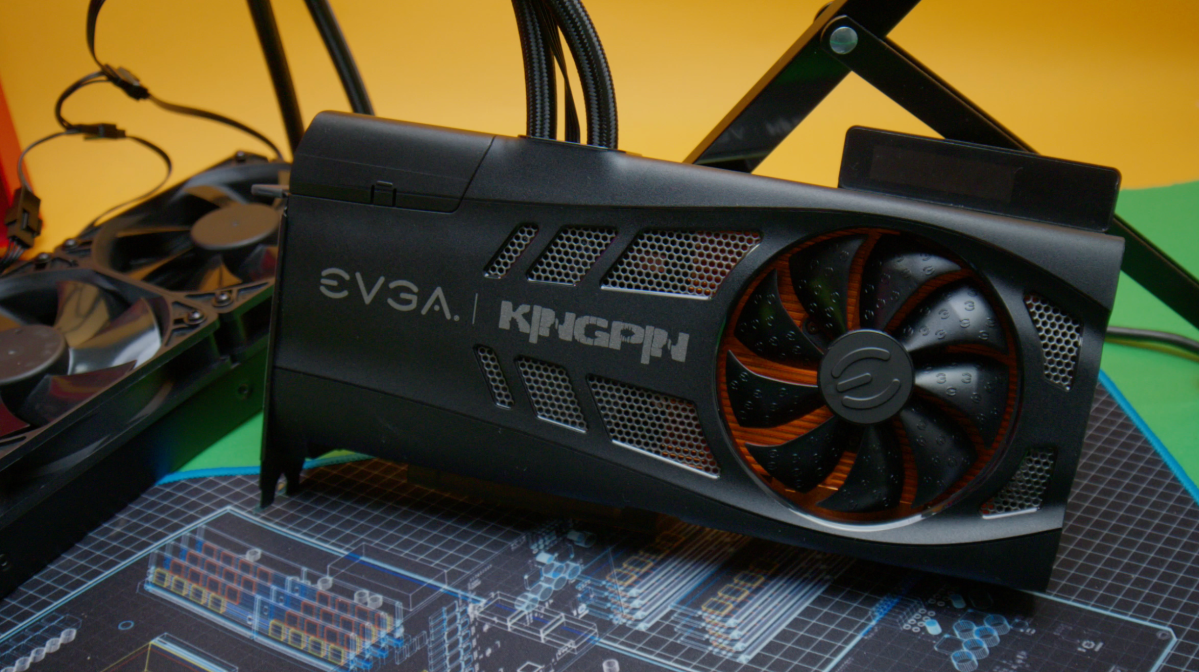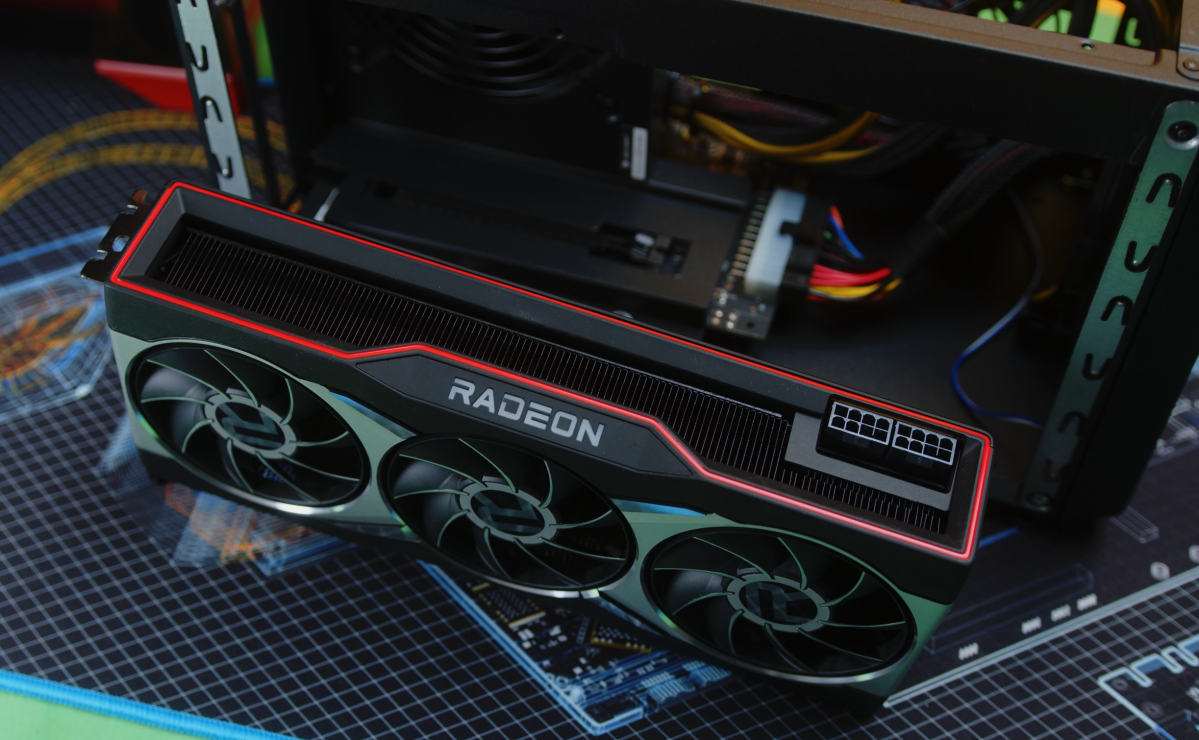The small, magical box that we affectionately call a graphics card is teeming with enough electrical complexity to make even Zeus blush. (He’s the god of lightning, after all!)
Both Nvidia and AMD GPUs can be plug-and-play, but they also offer a world of tinkering beneath the surface. Today we’re talking about undervolting your GPU: What it is, and reasons why you might want to do it—or avoid it altogether.
What is undervolting?
A GPU will typically have a few important factors that can be adjusted manually with software such as MSI Afterburner. Power limit, core and memory clocks, and the voltage. These work in harmony to provide the performance and power needed for proper “out of the box” operation.
Undervolting is the process of reducing the voltage your GPU has access to. Ideally, this aims to maintain performance relatively close to stock settings whilst boosting efficiency. Power draw and heat are the main targets for improvement with undervolting.
If a GPU can theoretically run better at a lower voltage, why don’t they come like this from the factory? Simple: Just like CPUs, the silicon can vary with each individual GPU. This means that some will tolerate different voltages and clocks better than others. Standard settings align with the average tolerance.
You’ll see the most noticeable difference in a GPU that’s inherently power hungry, such as an Nvidia RTX 30-series Founders Edition card. In such cases, you’ll likely notice many improvements, especially in challenging applications. If you’re running a lower-power GPU, the changes may be more minor, as they naturally put out less heat.

Thiago Trevisan/IDG
The “silicon lottery” is why certain GPUs, like EVGA’s Kingpin, command a premium. They can achieve higher performance at lower voltages than a non-“binned” GPU. (Binned is choosing the best selection out of available samples.)
Overclocking is an entirely different concept, which generally revolves around boosting the core or memory clock. Undervolting can also be part of the overclocking process as you try to find the “sweet spot” in your ratio of power to clock speeds.
Undervolting pros and cons
It’s perfectly acceptable to leave your GPU at stock settings, and happily run it for eternity. (Or at least until the next wallet-crunching model is released.) You can even choose to use an automatic overclocking tool, as we demonstrate in our article about using Nvidia’s performance-tuning tool to overclock GeForce GPUs.
For those willing to go a little bit further and tinker with undervolting, here are the major pros and cons to know:

Thiago Trevisan/IDG
Pro: Lower power consumption will mean lower heat. You’ll also enjoy a lower power bill, even if it’s just by a smidge. This lower heat can also mean better thermal performance for your other surrounding components, such as the CPU. With modern GPUs packing more and more power, this can be essential in mitigating the effects on your PC ecosystem. Your power supply will be less stressed, too.
Con: You’ll have to be comfortable adjusting settings on your expensive GPU. While undervolting is typically safer than overclocking, it does require some knowledge and tinkering to get right.
Pro: It’s free to do with familiar software such as MSI Afterburner, and relatively safe. There’s even a good chance that it could help prolong the life of your GPU as it will be under less thermal stress over time. Plus, it’s a cool feather in the cap of any PC user!
Con: It may not be “set it and forget it.” With new driver updates or even changing ambient temperatures, you may have to occasionally go in and adjust your settings for optimal performance. After all, you’re also in this for the sport of it and not just the final results, right?

Thiago Trevisan/IDG
Pro: Do you want to fit a powerful GPU into a small form factor (Mini-ITX) enclosure? Good news: Undervolting will make it a much better experience. Small cases are typically more restrictive when it comes to heat dissipation, so you’ll enjoy better thermals in these smaller spaces while keeping it performant.
Con: It is possible to apply incorrect settings, and while physically your GPU may be OK, you can have poor performance as a result. If the voltage to the GPU is too low and not properly applied, it can cause instability and lower frame rates. That’s why it is important to both double check and test your GPU performance to insure it’s improving with voltage changes.
Pro: Reduced noise. Lower voltage will mean that the GPU fans can spin at lower RPMs with the accompanying reduced heat. This also means less power is needed to for the fans, keeping your entire system performing at a lower noise level.
In conclusion, undervolting is a great way to reduce power, heat, and noise from your system. You’ll often be able to maintain the same or even better clock performance, too. This also opens up possibilities to put powerful GPUs in smaller cases. You’ll have to do a little work to make it happen, however, but it’s both free and relatively straightforward.
Stay connected with us on social media platform for instant update click here to join our Twitter, & Facebook
We are now on Telegram. Click here to join our channel (@TechiUpdate) and stay updated with the latest Technology headlines.
For all the latest Technology News Click Here
For the latest news and updates, follow us on Google News.
